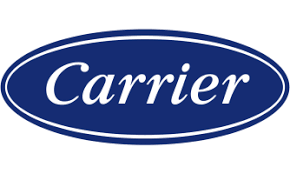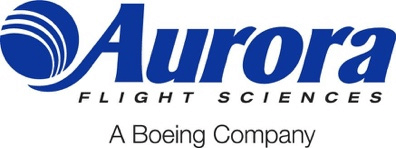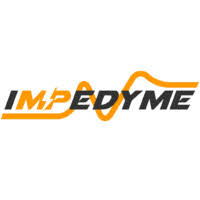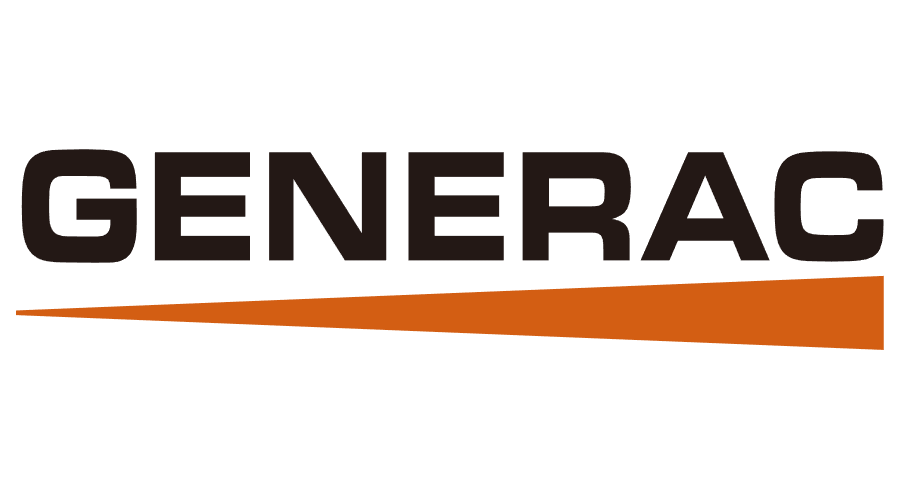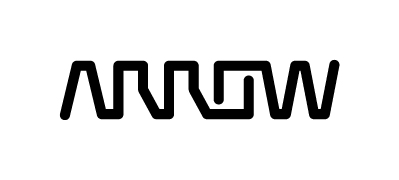LIBRARY
State of the art: survey of FACTS devices
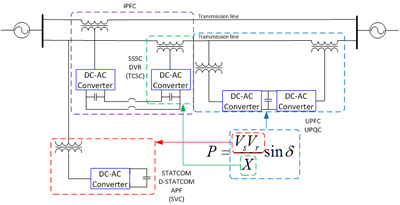
As Fig. 1 shows, FACTS devices can be derived by changing different terms of the trans-mission capability equation. To control the end voltage, a static var compensator (SVC) and a static synchronous compensator (STATCOM) are used. To change the line reactance, a thyristor controlled series compensator (TCSC) and a static synchronous series compensator (SSSC) are suitable to utilize. For a more powerful control over power flow, there are unified power flow controllers (UPFC) and interline power flow controllers (IPFC). Applications in distribution systems are distributed to a static synchronous compensator (D-STATCOM), a dynamic voltage restorer (DVR), an active power filter (APF) and a unified power quality compensator (UPQC).
The two main applications of FACTS in the power system are power flow control and oscillation damping, which needs accurate models to apply FACTS into the conventional program. To achieve the functions, a global control with coordination of multiple FACTS devices and optimization is extremely important while selection of control inputs and measurement variables also need to be taken into account. Furthermore, the location of FACTS devices can also be an issue with respect to different characteristics of the devices and the power system.
Because of the faster response and more potentially powerful compensation capability than the traditional compensators, FACTS devices are very promising under high penetration of re-newable energies, which will probably be realized within a few decades.

















